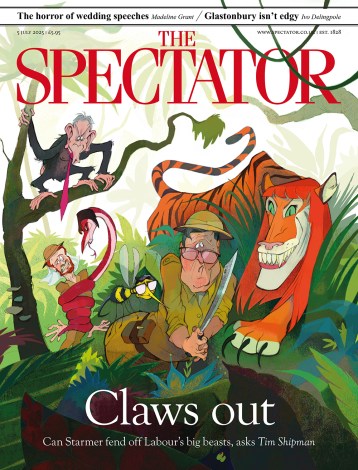Fun-loving feminist
How to be a Woman is a manifesto memoir. Feminism, says the Times journalist Caitlin Moran, ‘has ground to a halt … shrunk down to a couple of increasingly small arguments, carried out among a couple of dozen feminist academics’. Moran wants to pull feminism out of its rut, dust it down and sex it up. She does this by laying bare her own transition from childhood to adulthood, when she hurtled through adolescence like ‘a monkey strapped inside a rocket … There isn’t an exit plan.’ Feminism is ‘serious, momentous and urgent’, which is why Moran seeks to make it accessible through anecdote and chat. She deliberately avoids the










